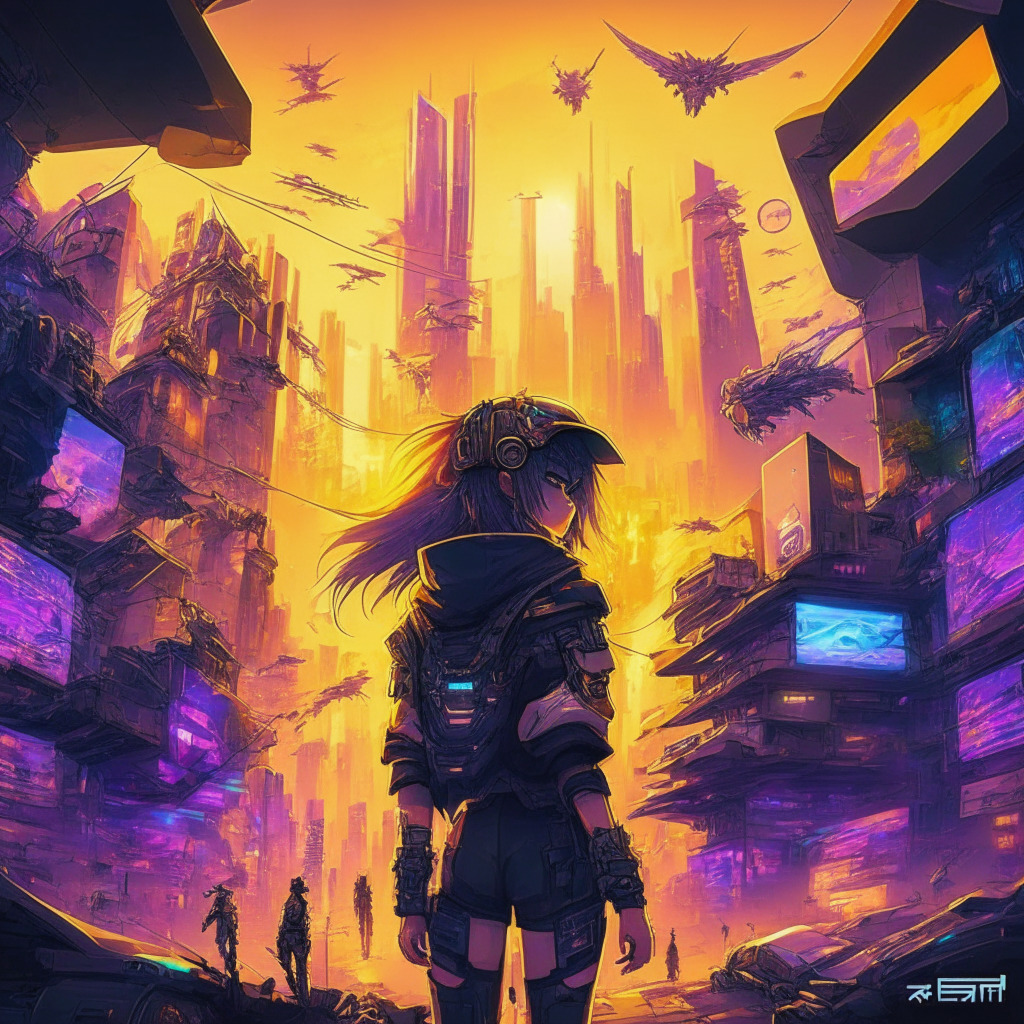Blockchain solutions in real-world scenarios are still widely considered a dense forest with lurking unknowns. One person who has managed to infiltrate this world and translate the esoteric to the tangible is Raj Gokal, co-founder of blockchain protocol Solana. Having started his career in venture capital, focusing on health tech, he ventured into the cryptoverse to address scalability, possibly the most elusive challenge for blockchain.
A potential solution that Gokal highlights is decentralized physical infrastructure networks (DEPIN). The approach is already proving to be fruitful. Projects like Helium reportedly established a decentralized 5G network with 1.5 million hotspots before integrating with Solana. This is an exemplar of decentralization put into practice, with developers worldwide adding their bit to a technology that adds tangible value. However, it isn’t free of challenges, one of the main issues being that of creating an attractive product that people want.
For Raj Gokal, achieving scalability within Web3 (the third generation of internet services) destination heralds a future of rapid transactions at low costs. He speaks of how Solana achieves this on a decentralized high-performance network. This seamless experience helps build user trust and satisfaction. He also insists that the trick isn’t a single feature, but a blend of well-thought-out factors that create a viable and scalable blockchain system.
As positive as the blockchain journey might appear, some bumps rattle the ride, such as tokenization of real-world assets. Despite the vast potential of industries like real estate, widespread use remains limited. More time is needed to win people’s trust and convince them of the possibilities such a system presents.
Ensuring the stability and reliability of the Web3 infrastructure is critical for institutional adoption. Solana has made significant strides toward this goal through the efforts of diverse validator clients and continuous ecosystem refinement, which should bring about improved liveness and reliability over time.
Real-world blockchain solutions are complex, and no one-size-fits-all solution exists. But amidst the intricate details and challenges, the potential they harbor cannot be ignored. Raj Gokal’s work shows that with technology pioneers continuously pushing boundaries, we might be on the crest of an undulating wave that could change the way we interact with the digital world. As industry practices evolve, the blockchain future seems to be emerging from the pages of elusive academic papers and becoming more and more a part of the real world.
Source: Cointelegraph




